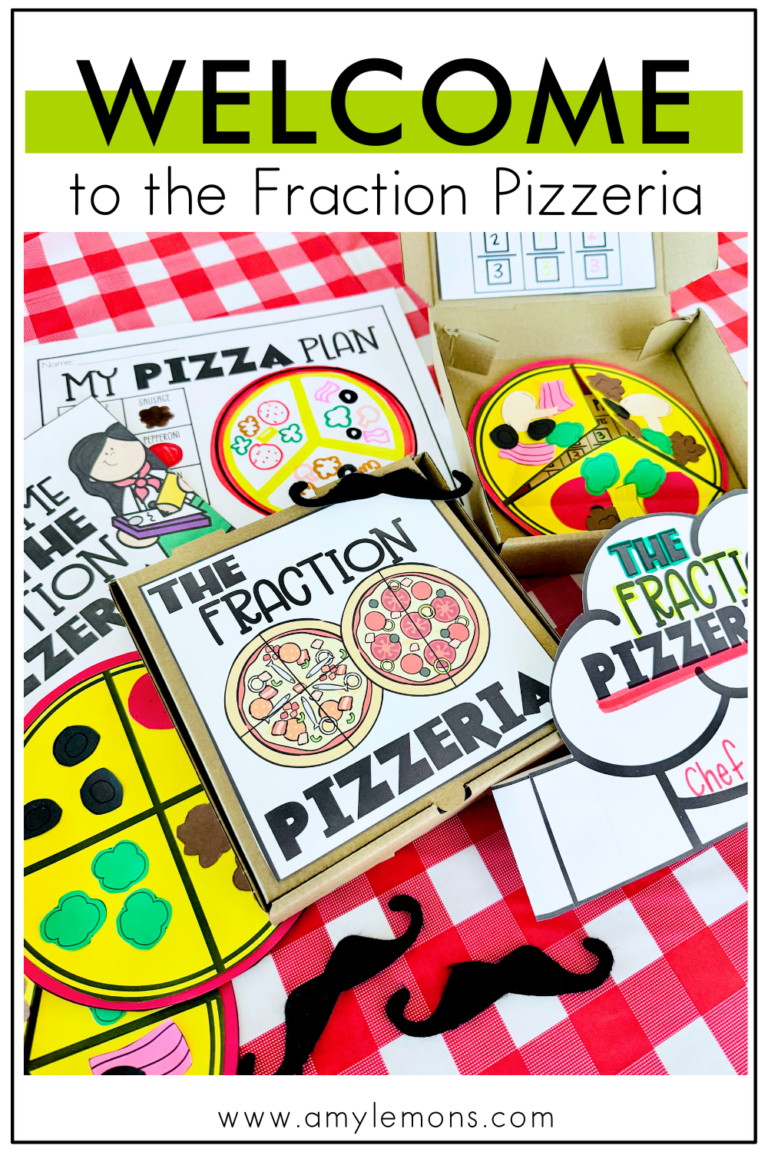

Are you looking to bring the outdoors right into your classroom with camping-themed writing activities for kids? Camping in the classroom is a great way to keep students engaged until the very end of the year. We are going to explore the exciting world of descriptive writing through the lens of a camping adventure.
Imagine your students embarking on a writing journey and sharing stories around a campfire. Unique writing activities like these are sure to capture the attention of even those kids who hate writing. Through these step-by-step lessons for the writing process, your students will sharpen their descriptive writing skills while also immersing themselves in a camping adventure.
First things first. If you are going to host a camping experience, you are going to need some great read-alouds for the classroom. These books capture the essence of the camping experience or share the thrill of an outdoor adventure with students. My personal favorite is Don’t Feed the Bear, but here’s a list of some other phenomenal camping/great outdoors picture books too.
You can find the full list of picture books here.
Let’s set the stage for descriptive writing with campfire I Can Statements. These will help students know their learning targets before they even begin writing stories. We want students to be able to:
Just like sitting around a campfire telling inspiring stories of young and old, students inspire themselves with statements about what they can accomplish with their writing.
We are about to get into the stages of writing, but first, let’s consider how we can extend writing and encourage creativity with a camping theme. Provide camping writing journal prompts that students can use as a writing warm-up each day.
Each prompt offers students various scenarios they may encounter while out camping. You may want to offer details about the camping experience to ensure each student understands the context of each prompt. These will help students to generate ideas, write freely, and get creative!
As we get into the writing process, we want to introduce a theme of high interest to students. High-interest themes promote student engagement. For this post, we are focusing on our descriptive writing topic, “Dreaming of Next Year”, which is perfect for closing out a school year.
Since it is the end of the school year, students will describe what they predict next year will be like. They will take those predictions and develop them by adding details and explanations.
First, students need to consider what next year will be like. They will make three campfire predictions.
Then, students will provide simple details for those three predictions. For example, they may predict that Mr. Jones will be their 3rd-grade teacher. To finish, they will add details to that prediction such as Mr. Jones is nice, loves to read, and has a pet snake.
BONUS: For additional pre-writing practice (while remaining on theme) have students use the writing prompt “My Future is Bright” to describe how and why their future is bright. Use our FREE Flashlight craft to display their writing!
Now that we have our predictions and the start of our details, it is time to organize those thoughts into sentences. It can be described to students like the details are the “fillings” of a hot dog. They make your writing juicy and tasty!
Explain to students that giving details will provide more information about the topic. Students can then organize their details into sentences. Afterward, they wrap it up nicely with their hot dog buns. The buns act as the opening and closing that hold it all together!
Once the writing is organized, we can add explanations. Depending on the level of your students, they will add explanations for each detail or you may want them just to focus on explaining one detail. Using SMORES is a great way to make the connection to writing explanations.
The details are like the chocolate. The chocolate represents the facts or ideas about the topic. Explanations are the marshmallow. They provide s’more information with examples and, similar to the hot diggity dog, the graham crackers help wrap it all up!
Of course, the writing process would not be complete without editing the writing. To begin, students focus on editing for punctuation. Make it fun and let students go on a little “fishing trip” to Fish for Punctuation.
For this activity, students are given fish sentence strips without the correct punctuation. Attached to the fish is a paperclip. Students use a fishing pole with a magnet to “hook” a fish. Then, they edit the sentence for punctuation!
Once we’ve gathered ideas, organized our thoughts, added details, explained with examples, and edited for punctuation, it’s time to tie it all together. Students take their final writing and publish it into a campfire story.
Students describe what they predict next year will be like. After all, they are dreaming of next year!
For more descriptive writing activities, check out our 2nd & 3rd Grade Writing Lessons for Descriptive End of Year w/ Camping Theme!

Hey, y’all! My name is Amy Lemons and I am passionate about providing students with both engaging and effective standards-based Math and ELA lessons.

Sample a day of Rooted in Reading with these lesson plans and activities for Reading Comprehension, Vocabulary, and Grammar!